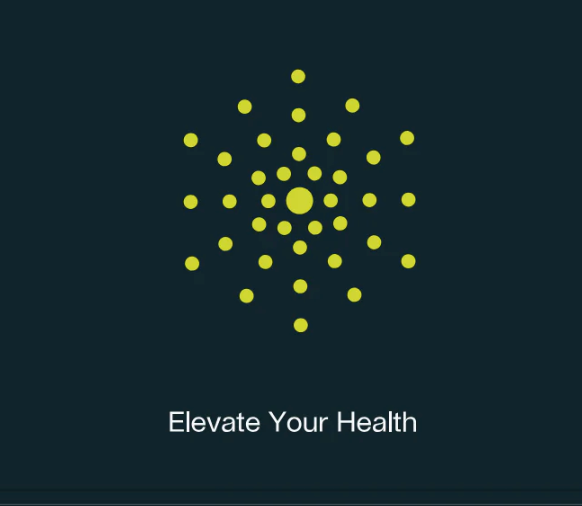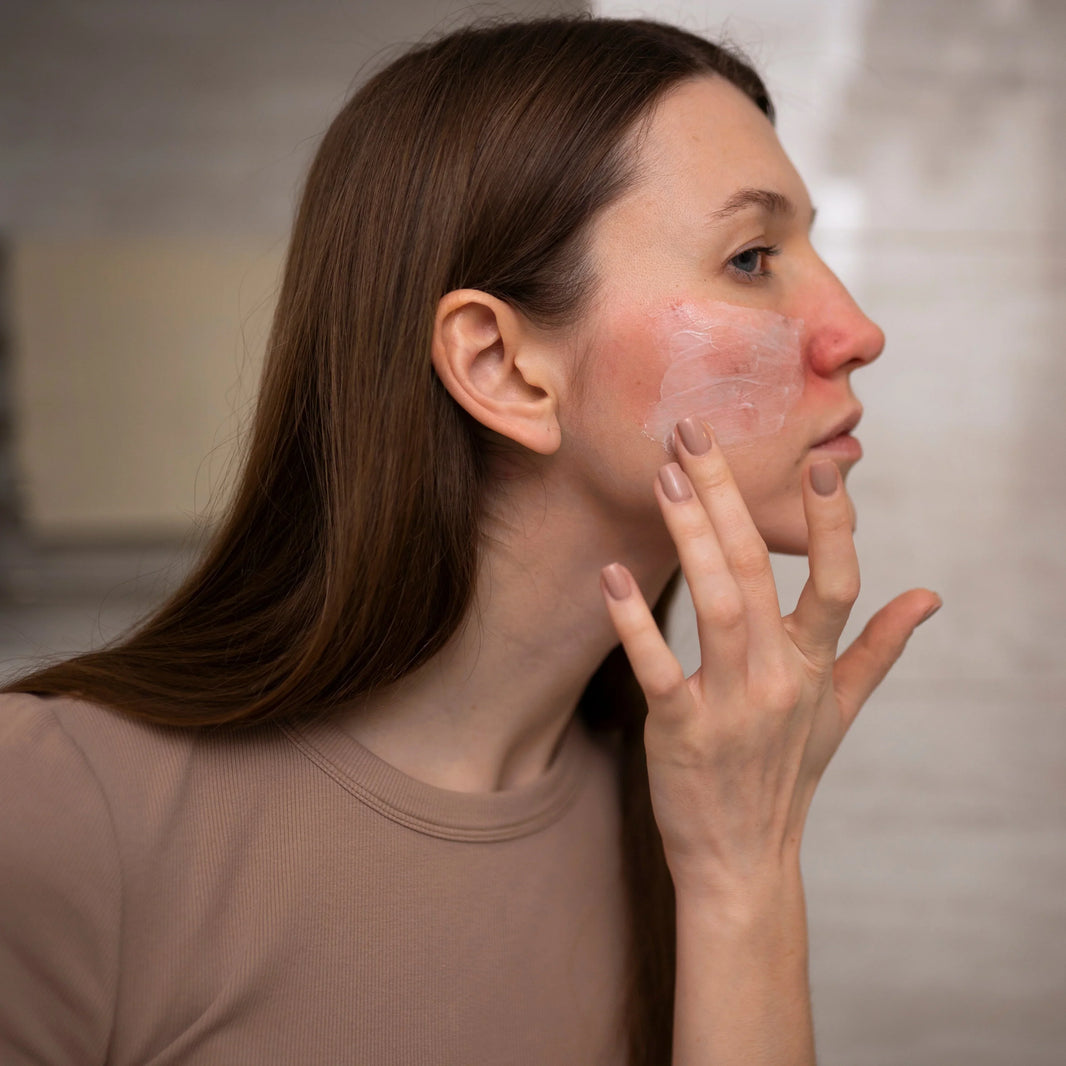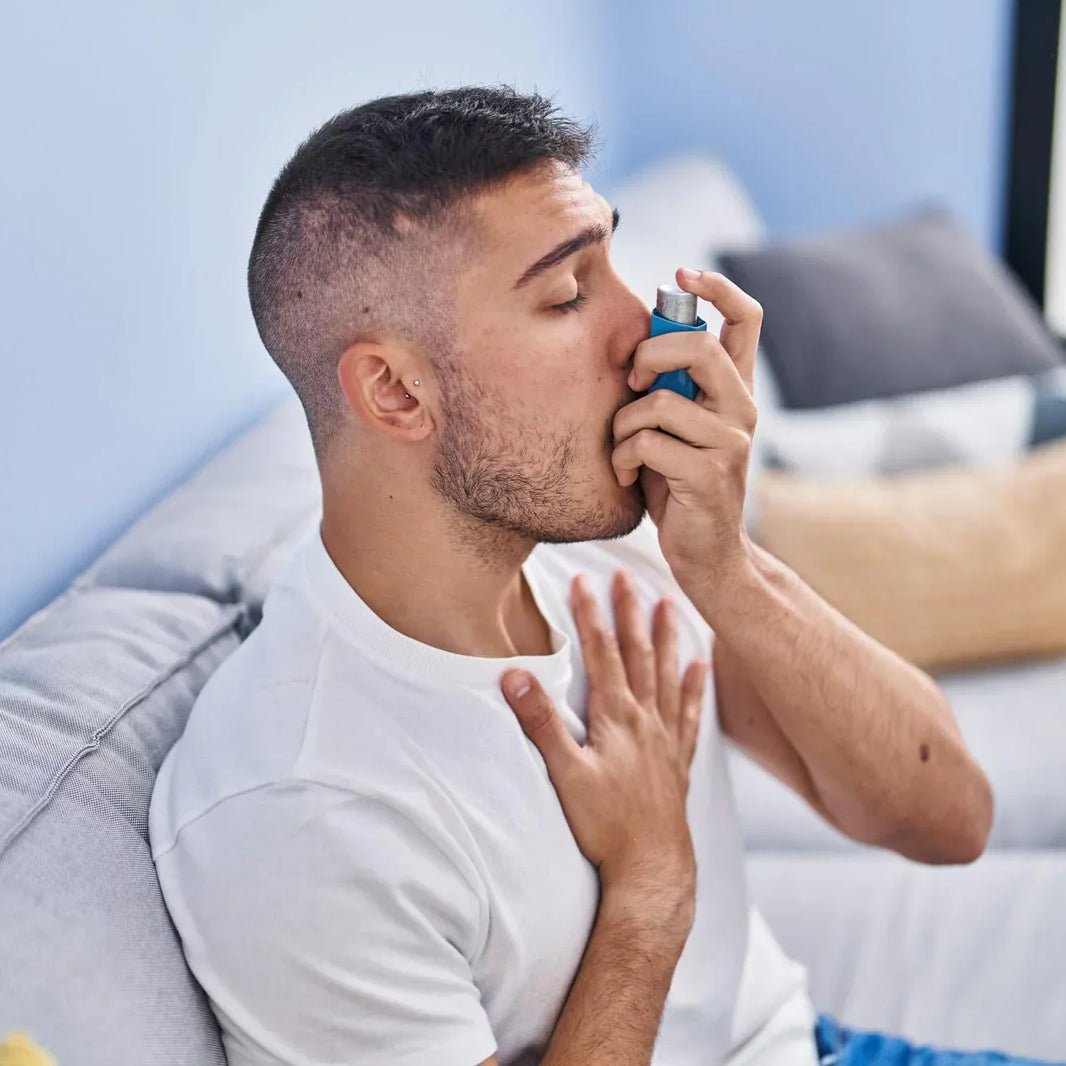Testosterone support has emerged as a significant healthcare concern for men, especially as the population ages and lifestyle factors increasingly impact hormonal health. The market for testosterone-related products has grown substantially, with global revenue reaching 10.9 billion USD in 2019, up from just 150 million USD in 20002. This comprehensive analysis examines what testosterone support entails, the underlying biological mechanisms, and the scientific evidence regarding various interventions—separating proven approaches from those lacking substantial scientific validation.
Understanding Testosterone and Male Health
Testosterone serves as the primary male sex hormone with profound influences across multiple physiological systems. As men age, testosterone levels naturally decline, often resulting in a condition increasingly recognized as functional hypogonadism. Unlike organic hypogonadism, which stems from irreversible congenital or acquired disorders of the hypothalamic-pituitary-gonadal axis, functional hypogonadism represents a potentially reversible condition occurring in men with an otherwise intact hormonal system6.
The prevalence of functional hypogonadism continues to rise, largely attributed to its association with contemporary health epidemics including obesity and type 2 diabetes. Additionally, excessive physical activity, drastic calorie restriction, high psycho-emotional stress, injuries, surgeries, and certain medications can trigger functional hypogonadism6. The recognition of age-related testosterone decline as a form of functional hypogonadism represents an important paradigm shift, acknowledging that accumulating age-associated comorbidities significantly contribute to testosterone reduction in aging men rather than aging itself being the sole causative factor.
Testosterone's influence extends well beyond reproductive functions, affecting numerous bodily systems. Research indicates testosterone plays crucial roles in maintaining bone mineral density, with clinical symptoms including decreased bone density occurring as testosterone levels diminish with age3. Additionally, epidemiological and preclinical data support cardiovascular protective effects of sex steroids in men, with studies showing inverse associations between serum testosterone levels and coronary artery calcification in elderly men1.
Biological Mechanisms and Pathways of Testosterone Action
Testosterone exerts its effects through multiple complex pathways and molecular mechanisms. At the cellular level, testosterone therapy demonstrates remarkable influence on body composition through reciprocal regulation of fat and muscle tissues. Studies reveal that testosterone administration increases lean mass while reducing total body and truncal fat mass in hypogonadal men4.
The underlying molecular mechanisms involve simultaneous inhibition of adipogenesis and promotion of myogenesis. Specifically, testosterone therapy reduces the expression of adipogenic markers like PPARγ in subcutaneous fat and decreases ADIPSIN levels in serum. Concurrently, it increases expression of myogenic markers, including MYOD in peripheral blood mononuclear cells and elevates PAX7 and FOLLISTATIN levels in serum4. This dual mechanism explains the observed changes in body composition following testosterone administration.
Testosterone synthesis and metabolism involve several enzymatic pathways critical to maintaining appropriate hormone levels. In the testes, Leydig cells produce testosterone through a series of enzymatic reactions catalyzed primarily by 3β-HSD, CYP17A1, and 17β-HSD. Conversely, testosterone degradation occurs through enzymes including 5α-reductase (converting testosterone to dihydrotestosterone) and CYP19A1 (aromatizing testosterone to estradiol)9. Understanding these pathways provides potential targets for interventions aimed at supporting testosterone levels.
Beyond metabolic effects, testosterone significantly influences immune function, potentially explaining some sex-based differences in disease susceptibility and progression. Research shows testosterone may dampen certain immune responses, particularly IL-17 expression. In urinary tract infection models, male mice (with naturally higher testosterone) exhibited impaired bacterial clearance compared to females, with IL-17 playing a crucial role in resolution16. This immunomodulatory effect of testosterone may have implications for various health outcomes in men.
Evidence-Based Approaches to Testosterone Support
Testosterone replacement therapy (TRT) represents the most directly effective intervention for addressing low testosterone levels in hypogonadal men. A rigorous 52-week clinical trial demonstrated that testosterone undecanoate injections combined with progressive strength training in older men (≥70 years) with low testosterone and mobility issues significantly improved physical performance as measured by the 30-second chair stand test. Furthermore, this combination therapy reduced fatigue and tiredness without notable detrimental impacts15.
For bone health specifically, numerous studies support TRT benefits on bone mineral density, particularly in hypogonadal men with osteopenia and osteoporosis. However, despite these positive effects on density measurements, evidence does not currently support the hypothesis that TRT prevents bone fracture incidence3. This highlights the importance of considering both surrogate markers and clinical outcomes when evaluating testosterone interventions.
Regarding body composition, testosterone therapy consistently demonstrates effectiveness for increasing lean mass while reducing total body and truncal fat mass in hypogonadal men. These changes occur through specific molecular pathways related to adipogenesis and myogenesis as previously described4. The consistency of these findings across multiple studies provides strong support for TRT in addressing body composition concerns associated with low testosterone.
Among natural interventions, elderberry extract (KSB191) shows promise for improving testosterone deficiency syndrome. Research indicates this extract increases total and free testosterone levels while improving sperm motility in animal models. Its mechanism appears to involve enhancing testosterone synthesis by upregulating enzyme expression (3β-HSD, CYP17A1, and 17β-HSD) while simultaneously reducing expression of testosterone-degrading enzymes (5α-reductase and CYP19A1)9. The major bioactive compounds identified in the extract were rutin and fructose-leucine, potentially offering targets for future therapeutic development.
Interventions Lacking Strong Evidence
Despite the massive market for testosterone-supporting supplements, many products lack rigorous scientific validation. The dietary supplement industry, worth approximately $30.2 billion annually in the United States alone, operates under relatively relaxed testing protocols for safety and effectiveness compared to pharmaceutical products2. This regulatory environment has allowed proliferation of testosterone-boosting supplements with varying levels of evidence.
An analysis of the top-selling testosterone supplements on Amazon Marketplace sought to evaluate the evidence behind these products, highlighting the need for critical assessment of their claims and efficacy2. While specific conclusions weren't provided in the search results, the need for such investigation suggests many products lack substantial supporting evidence despite their commercial success.
Natural products present particular challenges regarding evidence. Similar to findings in other therapeutic areas, many natural compounds demonstrating promising activity in preclinical studies exhibit minimal clinical effectiveness when rigorously tested. This discrepancy often stems from pharmacokinetic limitations, including poor absorption and limited bioavailability5. While not specific to testosterone support, these general principles likely apply to many natural products marketed for hormonal enhancement.
The relationship between genetic factors and testosterone function also appears more complex than often presented. Research examining associations between androgen receptor gene polymorphism and testosterone-mediated traits such as aggression failed to find expected relationships, suggesting simplified genetic explanations for testosterone-related characteristics may be inadequate8. This complexity must be considered when evaluating products claiming benefits based on genetic mechanisms.
Of particular concern are anabolic-androgenic steroids (AAS), which represent synthetic testosterone derivatives sometimes used illicitly for performance enhancement. While these compounds can indeed increase muscle mass and strength, they carry substantial risks including cardiac dysfunction, life-threatening arrhythmias, and potential damage to liver, kidneys, brain, musculoskeletal system, and reproductive organs14. The prevalence of AAS use worldwide reaches approximately 5%, particularly among men aged 18-35, representing a serious public health concern.
Conclusion
Testosterone support encompasses a range of interventions aimed at maintaining or increasing testosterone levels in men with hypogonadism or age-related testosterone decline. The strongest evidence supports medically supervised testosterone replacement therapy, particularly when combined with lifestyle interventions like resistance training. For specific concerns like bone mineral density and body composition, TRT offers well-documented benefits, though some clinical outcomes such as fracture prevention require further investigation.
Among natural interventions, certain compounds like those found in elderberry extract show promising preclinical results through identified mechanisms affecting testosterone synthesis and degradation pathways. However, many commercially available testosterone-boosting supplements lack rigorous scientific validation despite their market popularity.
Future research should focus on identifying specific natural compounds with meaningful clinical efficacy, improving delivery systems to address bioavailability limitations, and conducting longitudinal studies to better understand long-term outcomes of various testosterone support approaches. Additionally, greater regulatory oversight may be warranted for testosterone-supporting supplements to ensure consumers receive products with demonstrated safety and efficacy profiles.
For men concerned about testosterone levels, consultation with healthcare providers remains essential to determine appropriate interventions based on individual health status, symptoms, and laboratory findings, while avoiding potentially harmful unregulated substances or supplements lacking scientific support.
Citations:
- https://www.ncbi.nlm.nih.gov/pmc/articles/PMC10655543/
- https://www.semanticscholar.org/paper/98022345dfa5ada09565003263550b34862be6bb
- https://www.ncbi.nlm.nih.gov/pmc/articles/PMC7867125/
- https://www.ncbi.nlm.nih.gov/pmc/articles/PMC11402695/
- https://www.semanticscholar.org/paper/01173c9eecac2f98d8d5133d93a7849160e24699
- https://www.semanticscholar.org/paper/5a2570a12f1bec6e127ec3d43f77e861adeb0e40
- https://pubmed.ncbi.nlm.nih.gov/37641442/
- https://www.ncbi.nlm.nih.gov/pmc/articles/PMC8869512/
- https://www.ncbi.nlm.nih.gov/pmc/articles/PMC11644235/
- https://www.semanticscholar.org/paper/02ba59ede91ca8cebc643cdf4b90b70c801e7dda
- https://www.semanticscholar.org/paper/ee9da85c75716fc99d3c2c1638d5219fbdb5f510
- https://www.semanticscholar.org/paper/d535686d68a7255874916ba60d3efd0b03316038
- https://www.ncbi.nlm.nih.gov/pmc/articles/PMC9508133/
- https://www.semanticscholar.org/paper/d8767fa7ba71f6d0b34eec820189cac7d84135c5
- https://pubmed.ncbi.nlm.nih.gov/39289825/
- https://pubmed.ncbi.nlm.nih.gov/31145099/
- https://www.semanticscholar.org/paper/d5c3dc0963755f79fbfb614e6a59e6adf664569b
- https://pubmed.ncbi.nlm.nih.gov/34743290/
- https://pubmed.ncbi.nlm.nih.gov/22783600/
- https://www.semanticscholar.org/paper/57ec42f282bd0acfc8c02a05da69160a98270c4d
- https://pubmed.ncbi.nlm.nih.gov/37648906/
- https://www.semanticscholar.org/paper/72f4bee4c326b66e3e02968498503765281ea799
- https://www.semanticscholar.org/paper/af35607c4dfdacf3197c595db3dd0b214155dfb9
- https://pubmed.ncbi.nlm.nih.gov/29651551/
- https://www.ncbi.nlm.nih.gov/pmc/articles/PMC10975248/
- https://www.semanticscholar.org/paper/c83e83702e402dd01d43eda2313dda1c8e25cf1e
- https://www.ncbi.nlm.nih.gov/pmc/articles/PMC9322024/








